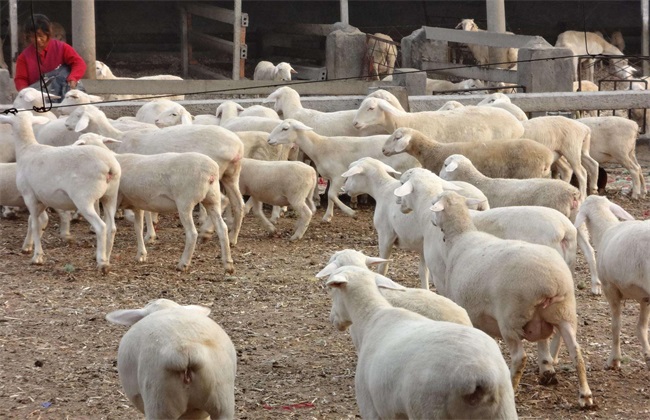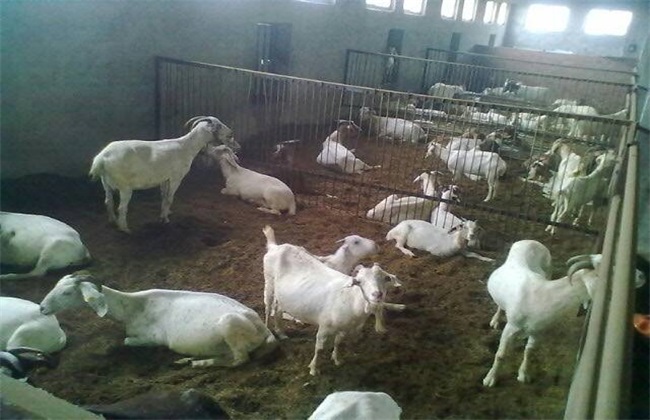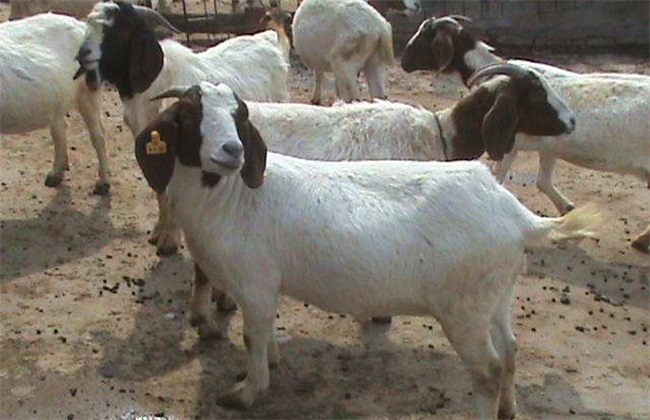Key points of breeding Mutton Sheep
Mutton sheep has the largest breeding area among many sheep raising directions. Mutton is rich in nutritional value and contains a variety of nutrients beneficial to the human body. Is a very popular meat, the market demand in our country is also very large. When raising mutton sheep, we should pay attention to breeding sheep, which is directly linked to the benefits of breeding. So today, the editor brings you the key points of mutton sheep breeding, let's have a look!

1. Enclosure design
When choosing the construction site of the sheep breeding house, it should be built in a place with high terrain, adequate light, good ventilation and drainage capacity. At the same time, it is also necessary to maintain the lighting and ventilation of the sheep house, so that the temperature can be adjusted reasonably with the change of the season. Then the area of the sheep house is controlled according to the number of breeding and the structure of the sheep. If it is self-breeding, then the sheep house should set up fattening houses, delivery rooms, male and female sheep houses, sports grounds and other places. The ground in the sheep shed should have a certain inclination to facilitate the discharge of excreta. Finally, the manure storage tank should be repaired outside the sheep barn to facilitate the stacking of fermented feces and reduce pollution.
2. Feeding mode
We should choose a suitable feeding method according to the climate change and forage resources in the farming area. In the low temperature seasons such as spring and winter, because there are few forage resources, it can not meet the growth needs of mutton sheep. At this time, it is necessary to give priority to house feeding to ensure that breeder sheep have adequate nutrition. Feed forage every morning and evening, and graze properly in sunny days to increase the amount of exercise for breeder sheep. On the contrary, in the season when the forage resources are abundant and the temperature is suitable, grazing can be completely given priority to, and the feeding amount can be properly replenished and the breeding cost can be reduced.
3. Reasonable clustering
When breeding sheep, we should do a good job of raising sheep in groups at different growth stages. For example, rams should be kept together, empty ewes, lactating ewes and reserve sheep. In this way, it can ensure that every sheep can grow normally and avoid the phenomenon of predation. It is also very easy to manage, and suitable feed can be provided according to the different growth characteristics of each flock. It can also prevent bad phenomena such as illegal mating and fighting in the process of feeding, and ensure that the sheep can grow normally.
4. Feed feeding
When feeding breeder sheep, we should pay attention to maintaining the nutritional comprehensiveness of the feed, and the variety of feed should be rich. The main feed is forage and fine feeding, but also with an appropriate amount of green feeding. Then it is necessary to provide different feed according to different growth stages of breeder sheep, for example, the same feed can be fed to empty ewes, reserve ewes and so on. In the process of fine feeding, the feeding amount should be controlled according to the body weight of breeder sheep. Never feed moldy and deteriorated feed, otherwise it will have a great impact on the reproductive capacity of breeding sheep, resulting in a decline in breeding efficiency.
The above is a brief introduction to the main points of mutton sheep breeding. That's all for today's introduction. This article is for reference only. I hope it can help you all.
Related
- On the eggshell is a badge full of pride. British Poultry Egg Market and Consumer observation
- British study: 72% of Britons are willing to buy native eggs raised by insects
- Guidelines for friendly egg production revised the increase of space in chicken sheds can not be forced to change feathers and lay eggs.
- Risk of delay in customs clearance Australia suspends lobster exports to China
- Pig semen-the Vector of virus Transmission (4)
- Pig semen-the Vector of virus Transmission (3)
- Five common causes of difficult control of classical swine fever in clinic and their countermeasures
- Foot-and-mouth disease is the most effective way to prevent it!
- PED is the number one killer of piglets and has to be guarded against in autumn and winter.
- What is "yellow fat pig"? Have you ever heard the pig collector talk about "yellow fat pig"?



